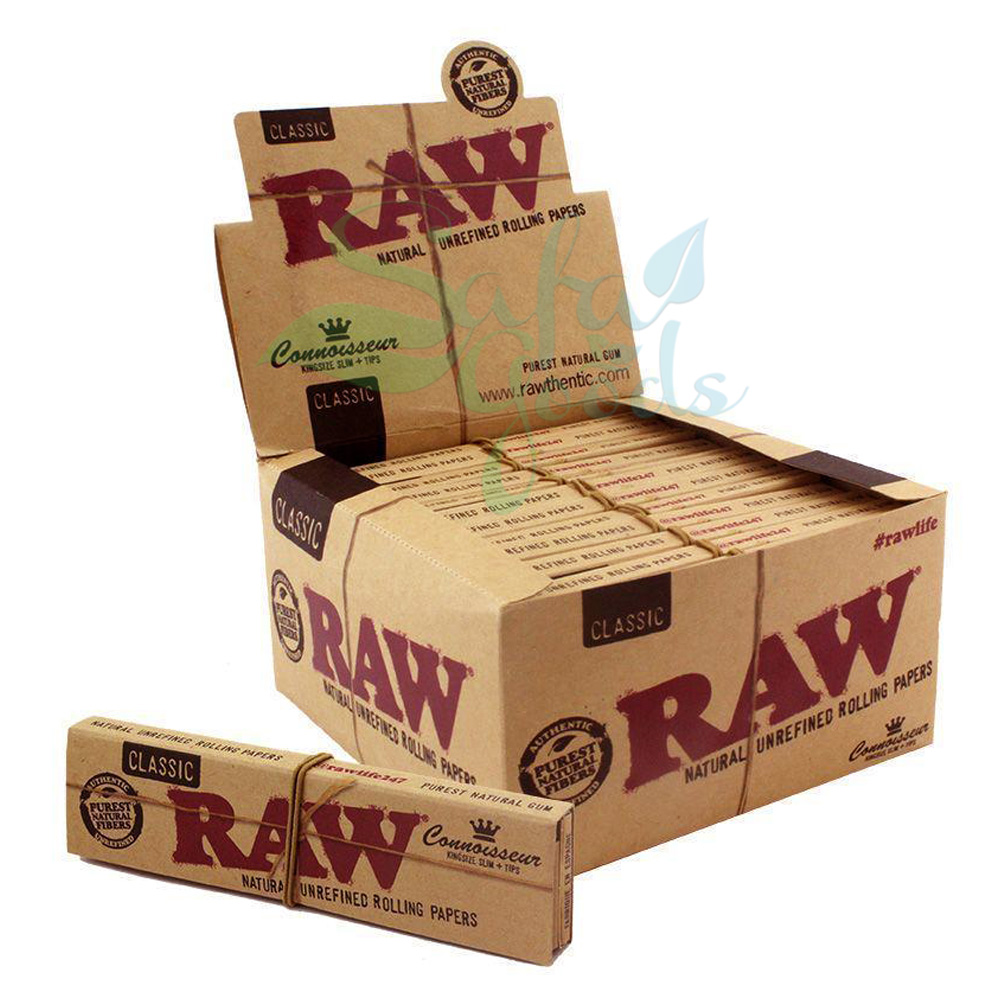

SLIMRAW ALTERNATIVE FULL
Ice plant thrives best in full sun but can take light shade. The foliage of Ice Plant is mostly evergreen, meaning they make a great year-round groundcover alternative to grass. This is a hardy-perennial groundcover will bloom for the majority of the summer and fall, growing to about 3-5 inches tall. Once they are established, they require no additional watering, making them very water-wise and sustainable. Most creeping seeds can do well in full sun but can also tolerate partial shade. This creeping groundcover grows and spreads to form a mat of succulent leaves.

It also blooms with dozens of tiny flowers in the spring. Creeping thyme is great for Colorado soils and can grow in full sun, partial shade, and full shade. This herb requires very little care, with no mowing and little watering. This groundcover typically grows anywhere from 1-3 inches tall and is perfect for places with heavy foot traffic. Here are our recommended groundcovers for Colorado soils: So why not substitute high maintenance grass, with an easy, low maintenance and eco-friendly groundcover instead? Groundcovers spread out instead of growing tall, eliminating the need to mow altogether. Mowing the lawn can get tiring week after week. We are going to take a deep dive into the various lawn alternatives that our landscape experts recommend. You might be asking yourself, what is the best alternative to grass? Top Alternatives for Grass Backyards It does not need to be this way, as there are all kinds of low-maintenance lawn alternatives that can be beneficial to our environment and saving us time and resources to care for them. Using regionally appropriate plants in the landscape as an alternative to grass will reduce pesticide usage and fertilizer runoff, reducing the excess nutrients and harsh chemicals contaminating the surface water and groundwater.Providing these important pollinators and wildlife the vegetation and habitat they need to survive is crucial to biodiversity. In fact, spraying weeds with pesticides/insecticides can expose pollinators to these chemicals unintentionally. Turf lawns are not a healthy habitat for pollinators or insects that are important to our ecosystem.Water-wise landscapes and native plantings reduce irrigation demand. Over 30 percent of freshwater withdrawals are used for irrigation, meaning water use and management is a growing concern. Freshwater seems like an abundant resource, but when you look at the statistics from the EPA (Environmental Protection Agency), only 1 percent of water is available for human use.Lawns are unsustainable for many reasons: Why Are Grass Lawn Alternatives More Sustainable? With sustainability increasing in importance and popularity, homeowners are starting to see the environmental and economic benefits to low-maintenance and water saving grass alternatives Sustainability and saving water is becoming more mainstream and homeowners are thinking twice about what it means to have a full-sized green lawn, compared to some grass lawn alternatives that positively benefit the environment and the ecosystem as a whole.

During the pandemic, we are all forced to spend a little more time at home, many finding this a good opportunity to renovate their homes and landscape areas. In fact, our landscape experts are in favor of embracing swapping out a typical lawn for a more sustainable alternative to grass in the backyard.

Sustainability and low-maintenance landscape areas are on the rise! Instead of embracing the typical grassy lawn areas, homeowners are coming to realize that a perfectly green lawn is not environmentally conscious.


 0 kommentar(er)
0 kommentar(er)
